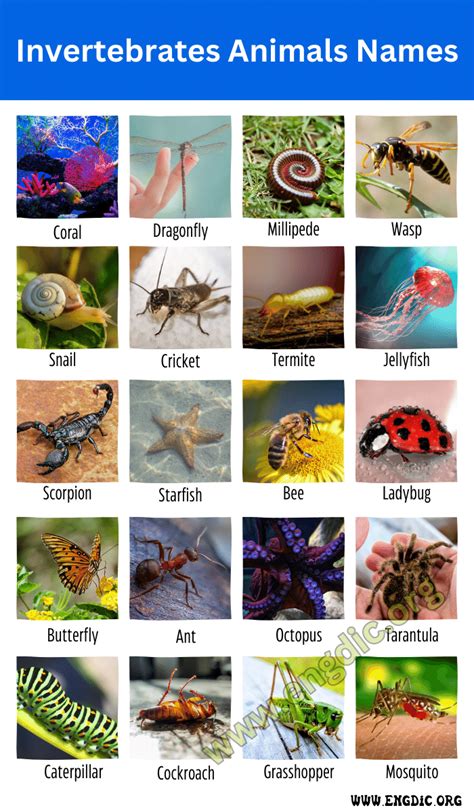Who Eats Algae? A Comprehensive Guide to Algae Consumers
Algae, a diverse group of photosynthetic organisms, are a vital part of aquatic ecosystems. They serve as a food source for a wide array of organisms, from microscopic invertebrates to large marine mammals. Understanding who eats algae is essential for maintaining the balance of aquatic ecosystems and ensuring their long-term health.
Primary Consumers of Algae
Invertebrates
-
Copepods: These small crustaceans are among the most important grazers of algae. They feed on a wide variety of algae, including diatoms, green algae, and blue-green algae.
-
Rotifers: Rotifers are microscopic animals that feed on phytoplankton, including algae. They are particularly important in the zooplankton of lakes and ponds.
-
Clams and Mussels: These bivalves filter feed on algae, removing particulate matter from the water. They can consume large amounts of algae, especially in nutrient-rich environments.
Vertebrates

-
Fish: Many species of fish, including herbivorous fish such as parrotfish and surgeonfish, feed primarily on algae. These fish graze on algal mats and turf, helping to control their growth.
-
Turtles: Sea turtles and freshwater turtles are omnivorous, but they consume significant amounts of algae in their diets.
-
Manatees: These herbivorous marine mammals feed on a variety of aquatic plants, including seagrass and algae. They are known to consume large quantities of algae, particularly during winter months.
Secondary and Tertiary Consumers of Algae
In addition to primary consumers, algae are also consumed by secondary and tertiary consumers. These organisms feed on primary consumers, such as copepods and rotifers, and incorporate the nutrients from algae into their bodies.

Secondary Consumers
-
Crustaceans: Shrimps, crabs, and lobsters feed on copepods and rotifers, which in turn consume algae.
-
Fish: Carnivorous fish species, such as tuna and salmon, prey on smaller fish that have consumed algae.
-
Insectivorous Birds: Birds such as ducks, geese, and herons feed on aquatic invertebrates, including those that consume algae.
Tertiary Consumers
-
Marine Mammals: Toothed whales, such as dolphins and killer whales, prey on carnivorous fish that have consumed algae.
-
Seabirds: Gulls, terns, and other seabirds feed on fish that have consumed algae.
-
Predatory Birds: Eagles and hawks prey on insectivorous birds that have consumed aquatic invertebrates, which in turn consume algae.
Importance of Algae Consumers
Algae consumers play a crucial role in aquatic ecosystems. Their grazing activity helps to control the growth of algae, preventing algal blooms and maintaining water quality. Additionally, algae consumers provide a food source for higher-level predators, supporting the entire food web.

Controlling Algal Blooms
Excessive algal growth, known as algal blooms, can harm aquatic ecosystems by depleting oxygen, releasing toxins, and blocking sunlight. Algae consumers help to mitigate algal blooms by consuming large amounts of algae, reducing their biomass and preventing them from becoming a nuisance.
Supporting Higher-Level Predators
Algae consumers are an essential food source for a wide range of predators, including fish, birds, and marine mammals. By consuming algae and incorporating its nutrients into their bodies, algae consumers provide the foundation for a healthy aquatic ecosystem.
Factors Influencing Algae Consumption
The consumption of algae by various organisms is influenced by several factors, including:
-
Algae Abundance: The availability of algae is a major factor affecting algae consumption. Consumers will feed more actively in areas with high algae concentrations.
-
Algae Type: Different types of algae vary in nutritional value and digestibility. Consumers may prefer certain types of algae over others.
-
Grazer Density: The number of algae consumers in an area can influence the rate of algae consumption. High grazer densities can lead to intense grazing pressure and reduced algae growth.
-
Environmental Conditions: Factors such as temperature, salinity, and pH can affect the activity and feeding behavior of algae consumers.
Effective Strategies for Managing Algae Consumption
To effectively manage algae consumption and maintain the health of aquatic ecosystems, several strategies can be employed:

-
Control Nutrient Pollution: Nutrient pollution, primarily from agricultural runoff and wastewater discharge, can stimulate excessive algae growth. Reducing nutrient inputs is essential for controlling algae biomass and preventing algal blooms.
-
Enhance Grazing Pressure: Introducing or increasing the populations of algae consumers, such as copepods or clams, can enhance grazing pressure and help control algae growth naturally.
-
Physical Removal: Algae can be physically removed using methods such as dredging or filtration. However, these methods should be used judiciously to avoid disrupting the ecosystem or harming non-target organisms.
-
Chemical Control: Algicides, chemicals that kill algae, can be used as a last resort to control algal blooms. However, these chemicals should be carefully selected and used according to label instructions to minimize adverse effects on aquatic life.
How to Encourage Algae Consumption
As responsible stewards of aquatic ecosystems, we can take steps to encourage algae consumption and maintain healthy water bodies. Here are some tips:
-
Create Natural Habitats: Algae consumers rely on submerged vegetation, rocks, and other structures for shelter and feeding grounds. Creating or restoring these natural habitats can support algae consumer populations and enhance grazing pressure.
-
Reduce Nutrient Pollution: By reducing nutrient inputs from agricultural runoff and wastewater discharge, we can help prevent excessive algae growth and create a more balanced ecosystem.
-
Support Local Conservation Efforts: Join or support organizations dedicated to protecting and restoring aquatic ecosystems. Volunteer for cleanups or advocacy campaigns to raise awareness and promote sustainable practices.
Conclusion
Who eats algae? A wide variety of organisms, from microscopic copepods to large marine mammals, consume algae as a vital part of their diets. Algae consumers play a crucial role in controlling algal growth, maintaining water quality, and supporting higher-level predators. By understanding the complex interactions between algae and its consumers, we can develop effective strategies for managing algae consumption and fostering healthy aquatic ecosystems.
